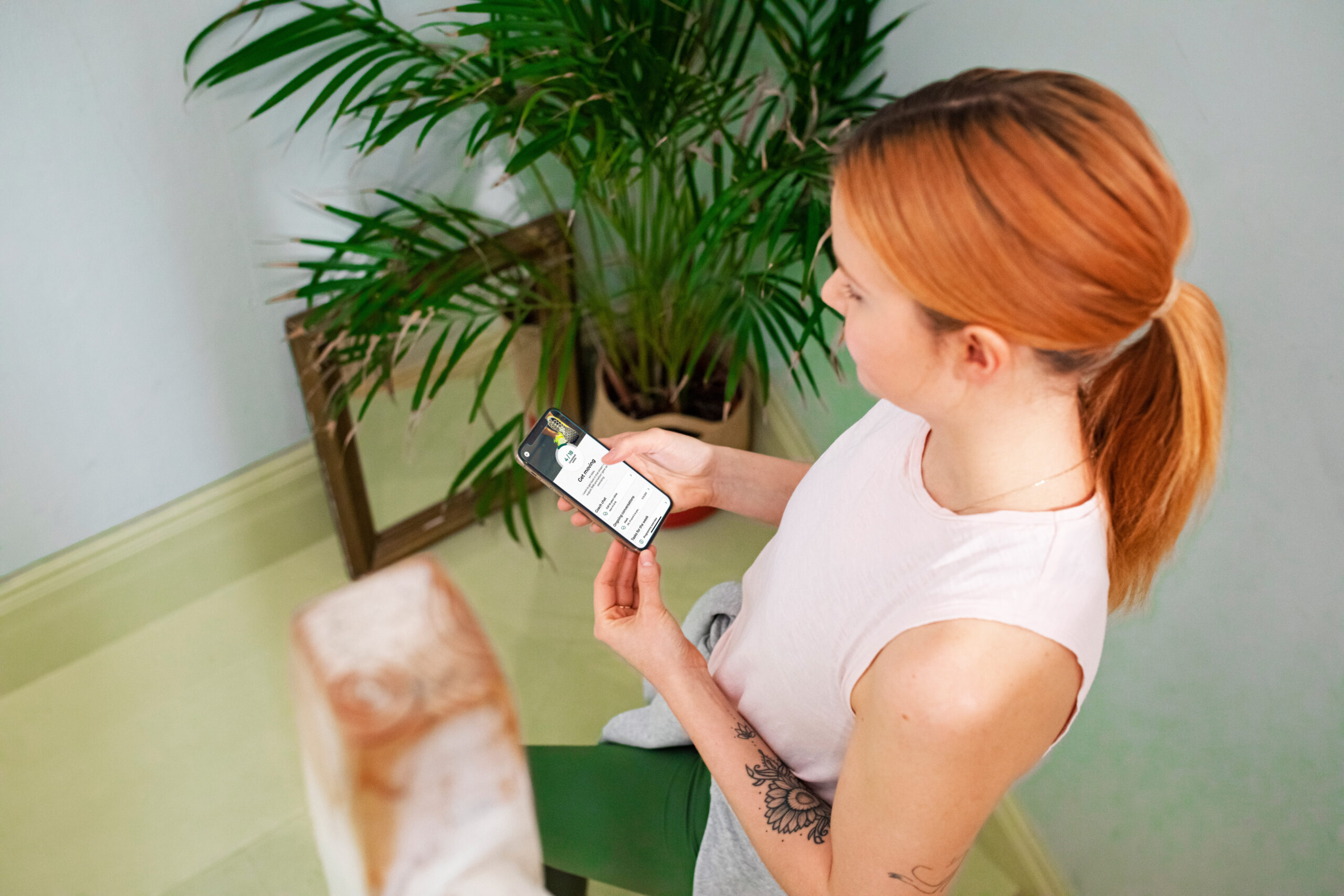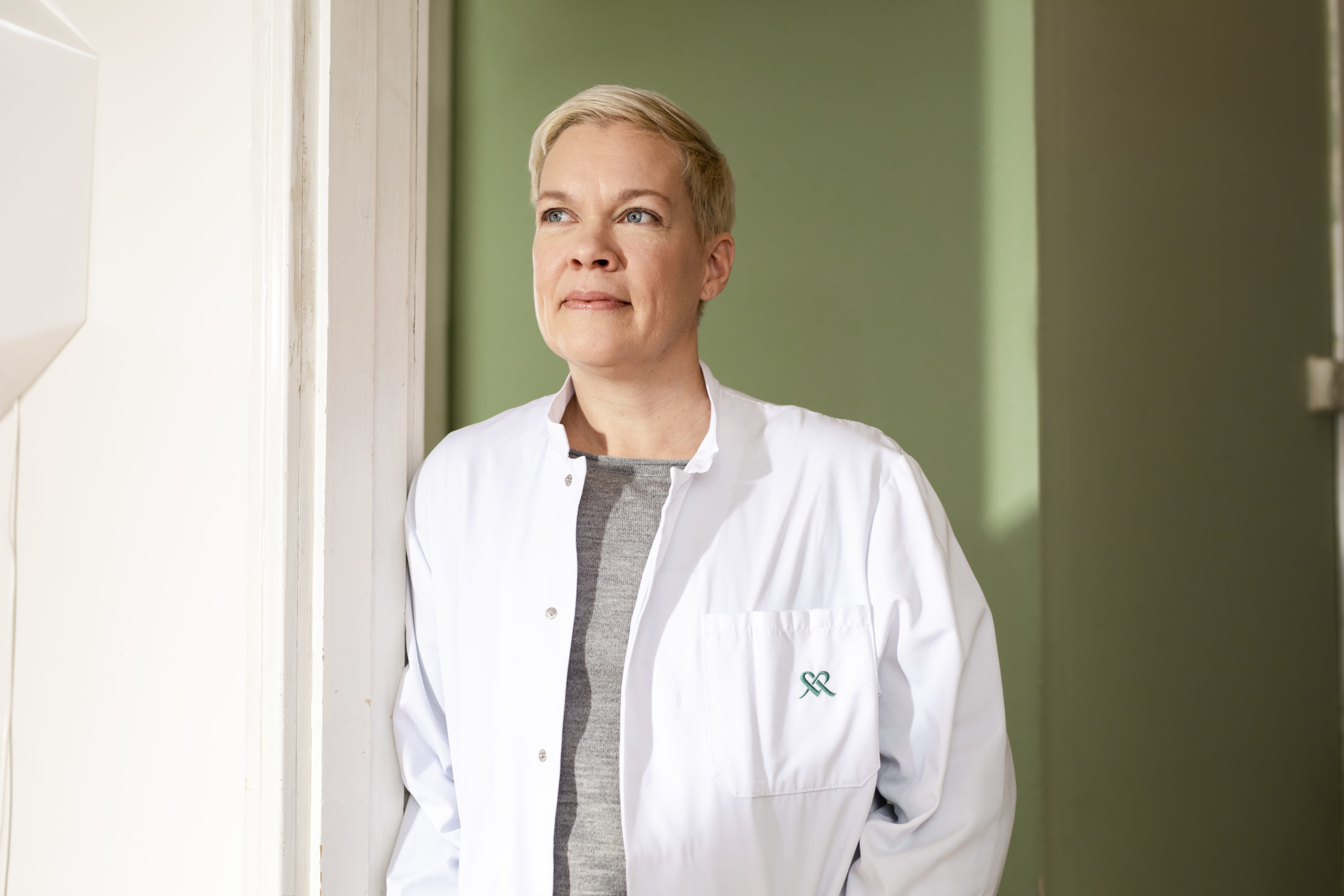Telemedicine Revolution: Debunking Myths and Embracing Quality Medical Care through Digitalisation
Dissolving prejudices around digital healthcare and telemedicine is crucial for expanding access to high-quality medical care. While there may be some challenges to providing care through digital means, the benefits of telemedicine cannot be ignored.

In recent years, telemedicine has become increasingly popular as a way for people to receive medical care from the comfort of their homes on a flexible schedule. However, there are still some prejudices and misconceptions concerning the medical accuracy and the quality of doctor-patient interaction of these new services. These can be condensed to three prevailing biases that I have most commonly encountered through the years of my experience, which I aim here to dismantle, demonstrating the capacity of digital medical practice and telemedicine to deliver exceptional and quality medical care in an empathic way.
Misconception 1: Telemedicine is low-quality care
One of the main prejudices about digital doctor consultations and telemedicine is the idea that the quality of care is lower than in in-person care. This perception may stem from the interpretation that when the patient is evaluated from afar, as with a video appointment, the level of information the doctor receives from the patient could fall short of the standards of traditional appointments, and lead to miscalculated diagnoses and improper treatment.
The key is to understand that not all medical decision making requires data points that are based on physical examination. There are a large number of afflictions, by some estimates around 70% of all primary care needs, where high quality medical decisions can be made solely on the grounds of a detailed anamnesis of medical history and current symptoms combined with clinical information that can be obtained via digital means, such as high-quality images and remote measurements.
In the pursuit of top-quality care, the correct approach is to actively utilise digital appointments in the specific, common medical scenarios that are well suited for it, and direct those patients requiring physical examination to traditional services. With the advances we are currently seeing in the field of remote monitoring and health data collection by smart devices, we can expect to see a rise in the range of medical issues that are well suited for remote consultations. Advancing digitalisation has allowed telemedicine to move beyond the basic pixelated video-calls that add very little value to the original process.
Many studies have shown that telemedicine can provide care that is just as effective as in-person care for many conditions, such as hypertension, and depression. Individuals can also effectively manage their diabetes via telemedicine-based consultations, on par with those opting for in-person care. Notably, diabetes patients at Harjun Terveys, a Joint Venture Company established by Mehiläinen and the Päijät-Häme region in Finland, achieved a notable average weight loss of -5 kg during the first months of the programme. This accomplishment was attributed to the utilisation of tailored digital wellbeing programs tailored to cater to chronic illnesses, highlighting the tangible benefits of integrating telemedicine into healthcare strategies.
Misconception 2: Telemedicine is impersonal
Another misconception about digital medical practice and telemedicine is that it lacks empathy. Some people assume that because the doctor is not physically present with the patient, they cannot provide the same level of emotional support or connection. Instead, telemedicine can provide emotional support and connection in a variety of ways by utilising the right tools of communication. A scientific study conducted in collaboration with the University of Helsinki concluded that digital chat consultations are an effective means of conveying empathy and care for patients.
Many patients feel more comfortable and open discussing sensitive, difficult, and embarrassing health issues through telemedicine, as they can do so from the privacy and comfort of their own homes with an impression of greater psychological safety and anonymity. For many, the threshold to physically going to a doctor to discuss sensitive issues such as mental or sexual health can be so high, that they simply do not seek the help they need. Telemedicine can help lower this threshold.
Telemedicine can facilitate more frequent check-ins and communication between doctors and patients, which can foster stronger relationships and improve overall care. It can also allow doctors to see patients in their home environments, which can provide important context for understanding their health issues and lifestyle factors.
Misconception 3: Telemedicine is only for rural areas
Many people also believe that telemedicine is only suitable for rural areas where access to healthcare is limited. While it is true that telemedicine is particularly beneficial for rural areas, it is also useful in urban areas where access to healthcare can be just as challenging. Telemedicine provides a convenient and cost-effective way for patients to access care, regardless of their location. City-dwellers are often busy professionals, and telemedicine allows them to better accommodate healthcare in their tight schedules.
Overall, breaking down prejudices about digital doctor work and telemedicine is crucial for expanding access to high quality medical care. While there may be some challenges to providing care through digital means, such as access to technology, the benefits of telemedicine cannot be ignored. By providing convenient and effective care, telemedicine can help improve health outcomes and reduce healthcare disparities.
Interested in seeing the BeeHealthy platform in action? Unlock the potential of digital transformation and request your demo today.



